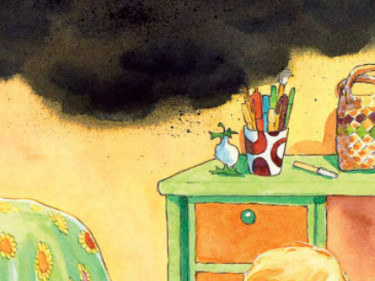What the research says
How five and six year olds learn safety behaviours
Educationists have established through research that five and six year olds learn and retain safety messages and safe behaviours if:
- the number of messages and behaviours is kept to as few as possible
- the message is repeated several times and children say it out loud
- when the message or behaviour is introduced, the children have many opportunities to process the knowledge or practise the behaviour
- each time children process the knowledge they involve themselves in the situation and talk, describe, or draw themselves in the situation
- where possible, children actively do something to practise the behaviour
- children have opportunities to discuss their knowledge and practise their skills at regular intervals after they have learnt it
- children relate the learning to themselves and their family and lives.
The Get Firewise for year 1 and 2 programme aims to introduce fire-safety messages and behaviours by:
- making the messages and behaviour relevant to home and school
- scaffolding learning
- encouraging repetition of key messages and behaviours
- having students process the new messages and behaviours by completing a range of learning experiences
- engaging family or whānau in the learning.
Teachers are asked to:
- teach sections that involve learning fire-safe behaviour in sequence and keep using the same key messages
- give students every opportunity to practise the fire safe behaviours and to explain or describe what they are doing
- complete a number of learning experiences related to any new learnt knowledge or behaviour.
To find out about the body of research commissioned by Fire and Emergency NZ, go to:














